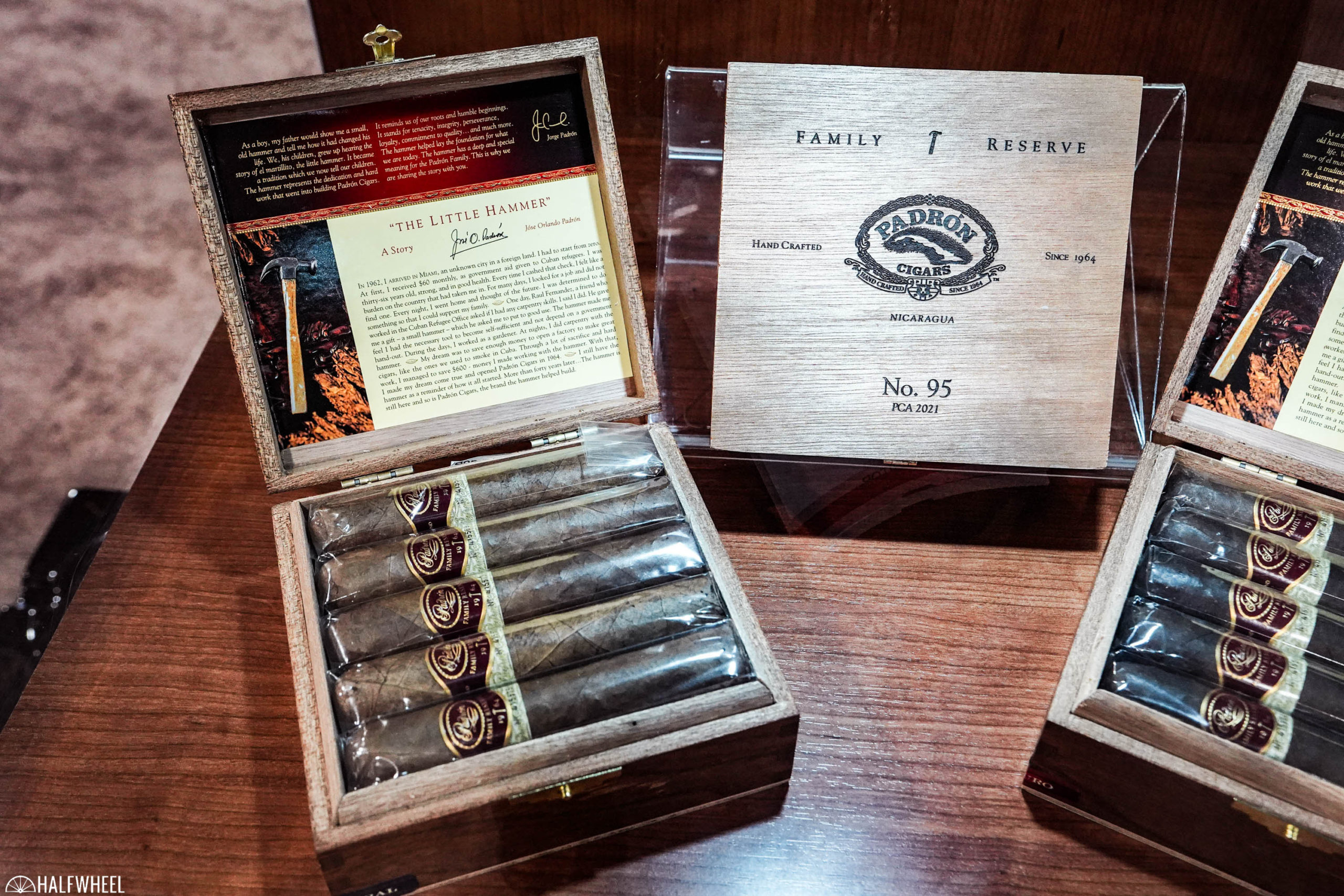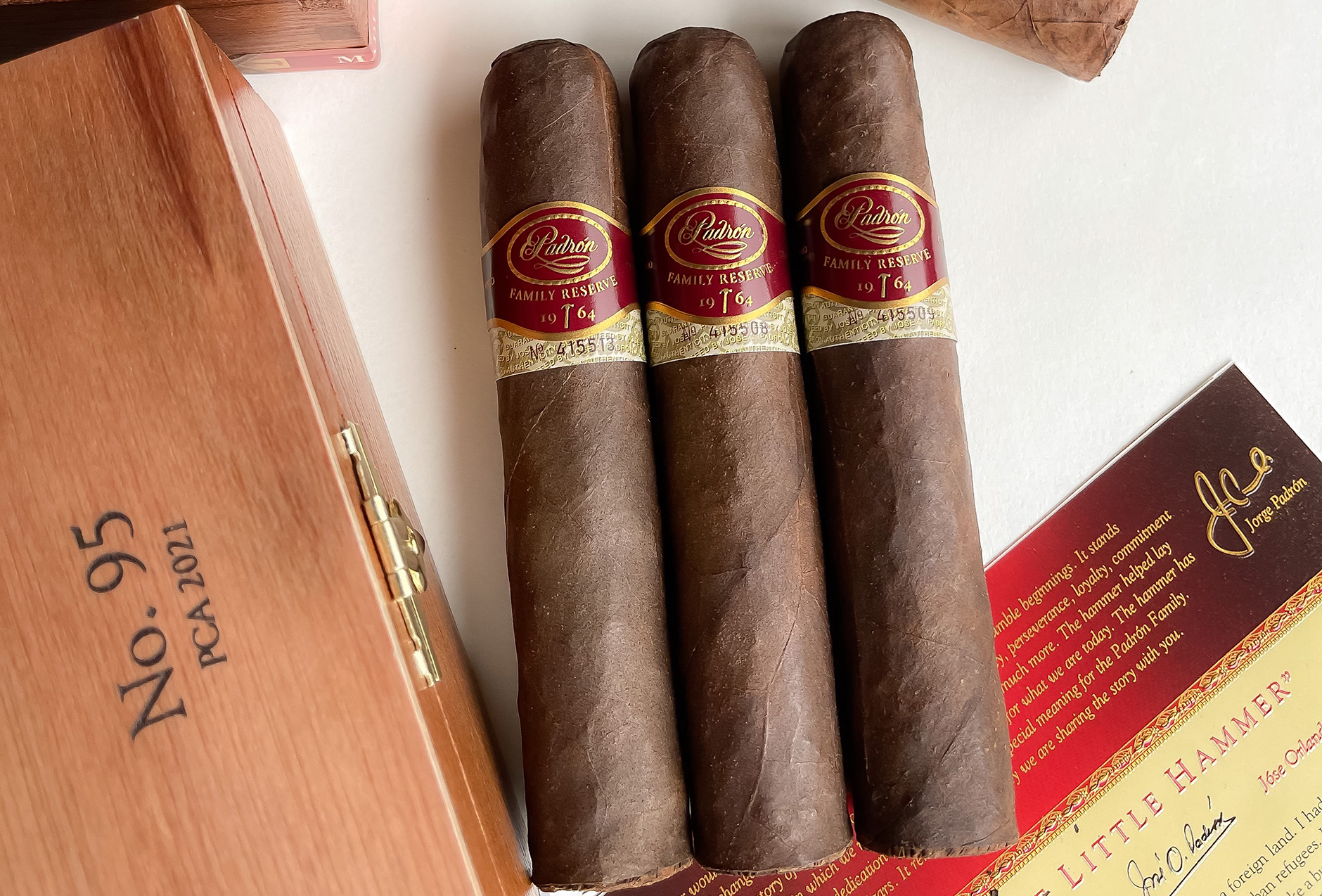Every year, around this time of year, we at halfwheel—typically Patrick Lagreid—reach out to Padrón to see if the company has any new cigars planned for the upcoming PCA Convention & Trade Show. Usually, the response is something to the effect of, “not that I’m aware of.”
Some years, that holds up and there’s no new Padróns at the trade show. Other times, Padrón has new cigars. Because of how unique the company is, a new Padrón is always a bit more eyebrow-raising to me than a new cigar from just about any other company. That’s not because I think Padrón deserves some sort of special pedestal; rather, Padrón is just different.
It’s been around for nearly 60 years and seems completely uninterested in playing the same game as every other cigar company. It’s not just that Padrón doesn’t release very many new cigars compared to its competitors, Padrón doesn’t seem very interested in releasing new blends. It’s not because the company has a diverse range of blends; with the exception of Dámaso—the company’s Connecticut shade offering—every Padrón is listed as a Nicaraguan puro.
That leads to a question I’ve had with Padrón before: how does the company decide what new vitolas to add? Given the limited sample size—Padrón probably averages fewer than two new cigars per year—it’s interesting to think about how that one size gets selected over others.
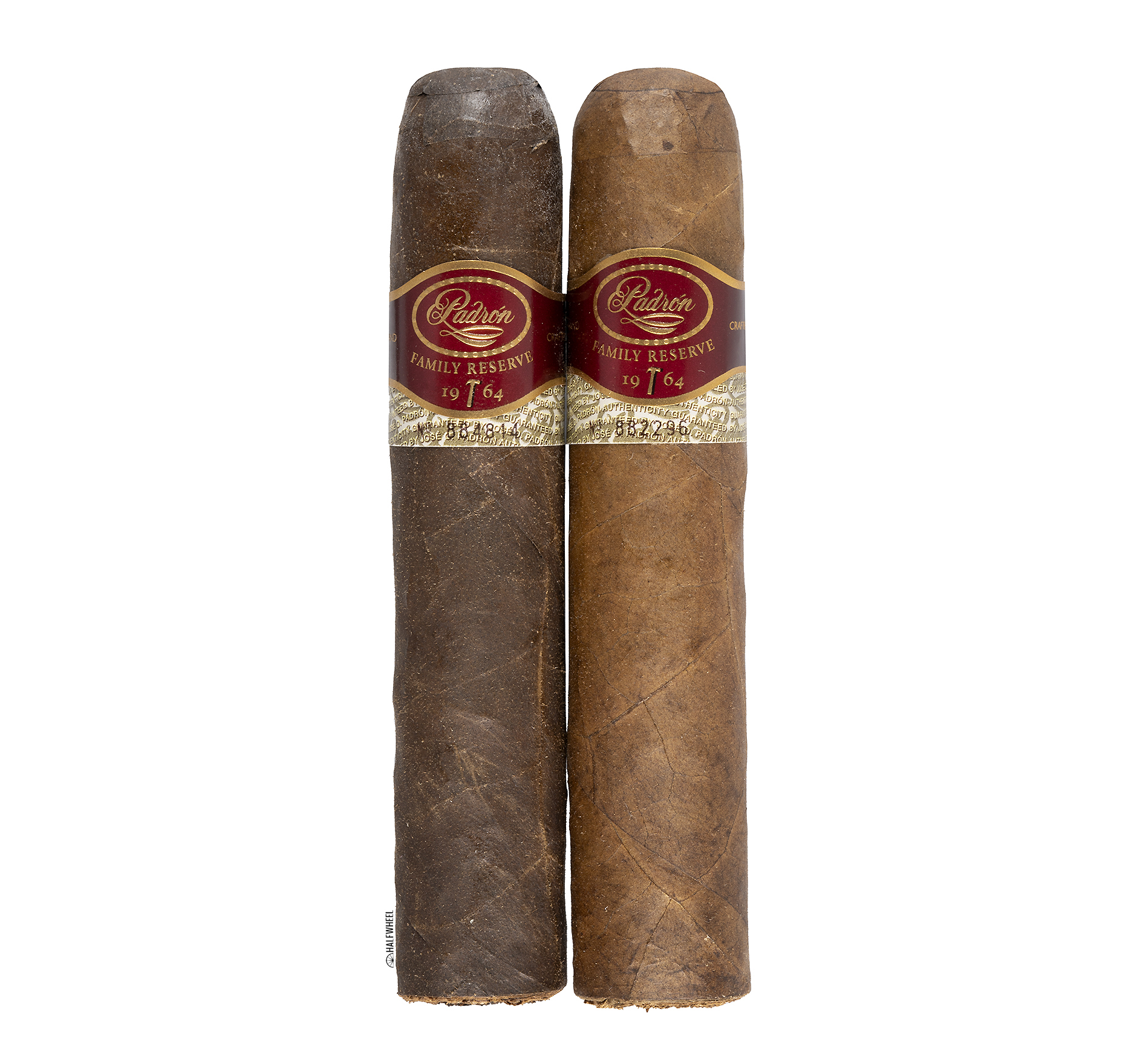
In 2021, the company announced the Family Reserve No. 95, a 4 3/4 x 60 addition to Padrón’s Family Reserve Series. Like most Padróns, it’s offered in both Maduro and Natural and the company says it’s the same blend as the rest of the Family Reserve line: aged Nicaraguan tobaccos.
These cigars were sold exclusively to retailers that placed orders at the 2021 PCA Convention & Trade Show. Padrón says production numbers for the No. 95 is limited based on the orders it took.
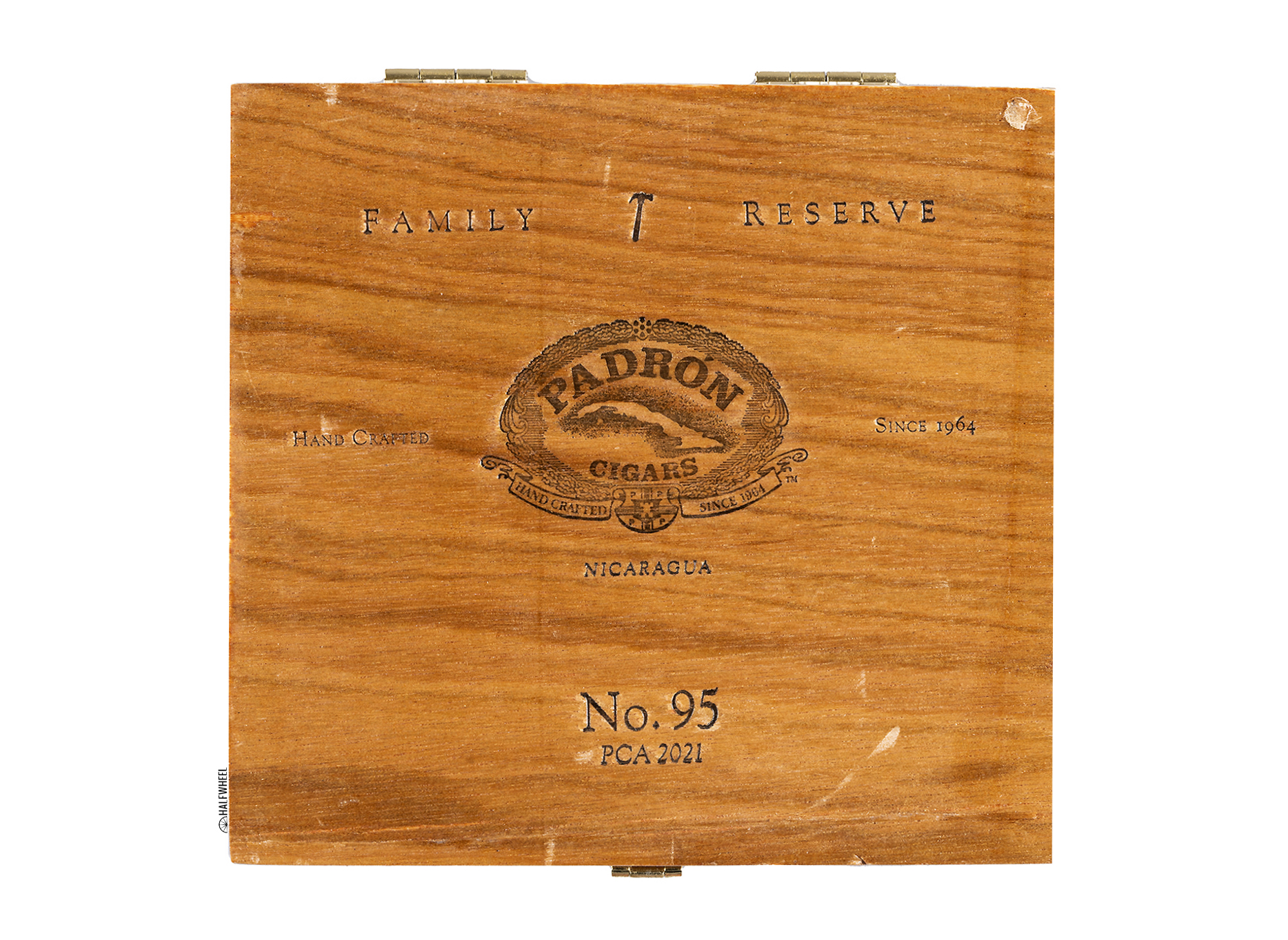
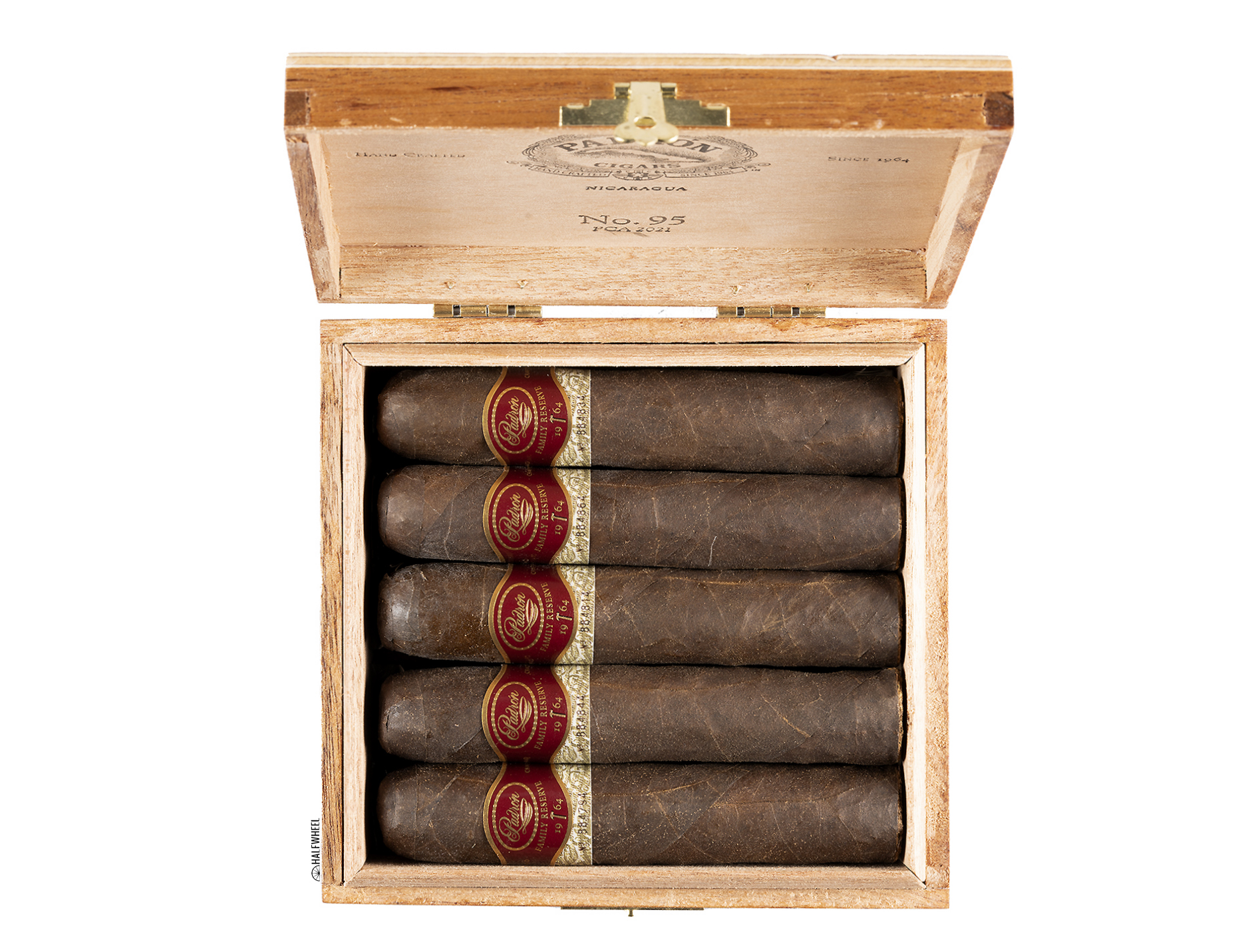
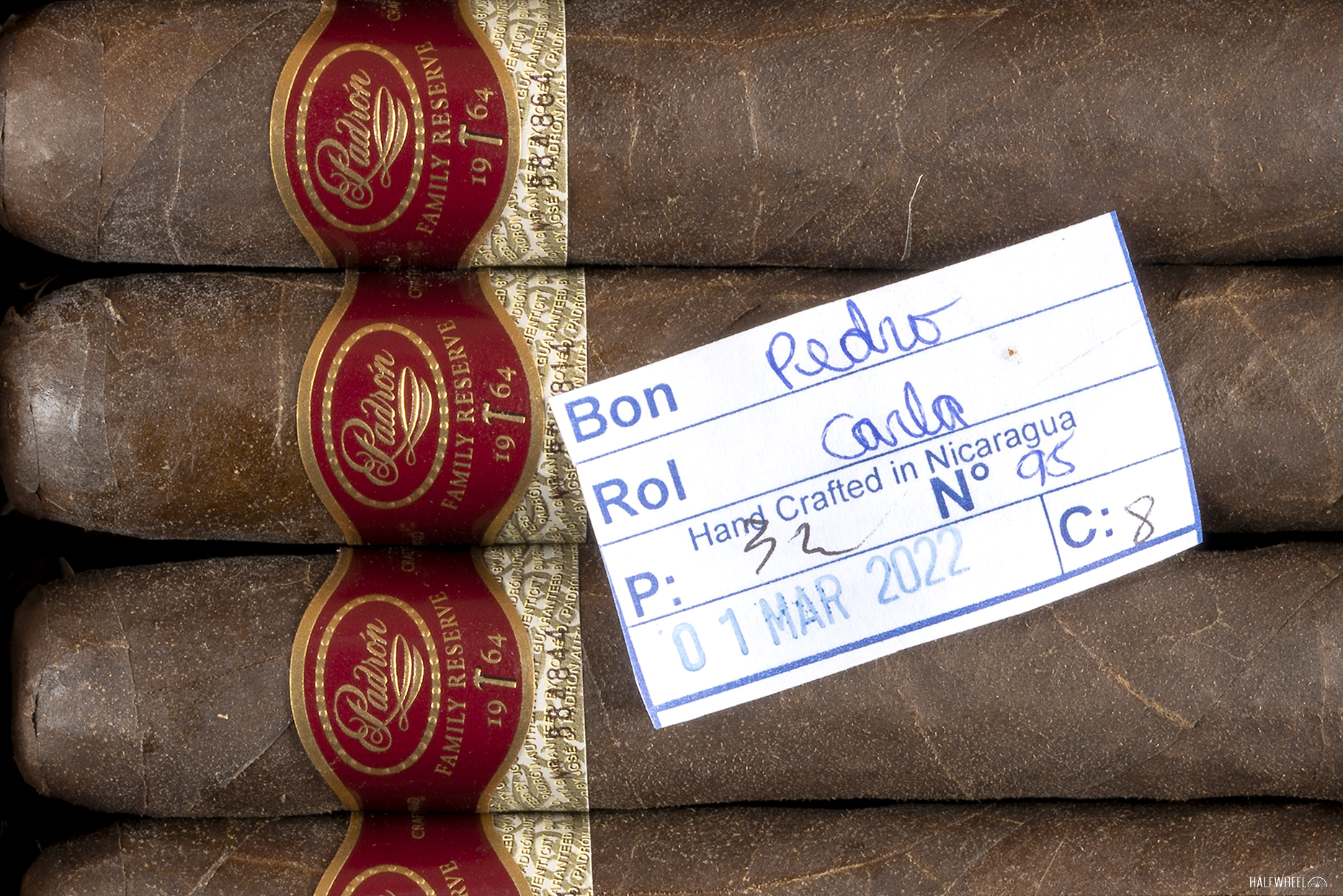
Padrón uses a lot of different numbers in its releases and it’s a bit tough to keep track of all of them, but here’s a primer:
- 1926 — José O. Padrón’s birth year.
- 1964 — Company founded.
- 40 — Anniversary of the company (2004)
- 80 — José O. Padrón Birthday (2006)
- 44 — Anniversary of the company (2008)
- 45 — Anniversary of the company (2009)
- 46 — Anniversary of the company (2010)
- 85 — José O. Padrón Birthday (2011)
- 50 — Anniversary of the company (2014)
- 47 — Anniversary of the TAA (2015)
- 48 — Anniversary of the TAA (2016)
- 89 — José O. Padrón Birthday (2016, released in 2016 though the birthday was in 2015)
- 90 — José O. Padrón Birthday (2016)
- 95 — José O. Padrón Birthday (2021)
If you want to get further confused, there’s the Padrón Series—more commonly referred to as “Thousand Series” because some, but not all, of the vitolas are numbered ranging from 2000-7000; there’s the Millenium which was made to mark the year 2000; and Padrón has used 100 and 200 for vitola names in the Padrón Black Series.
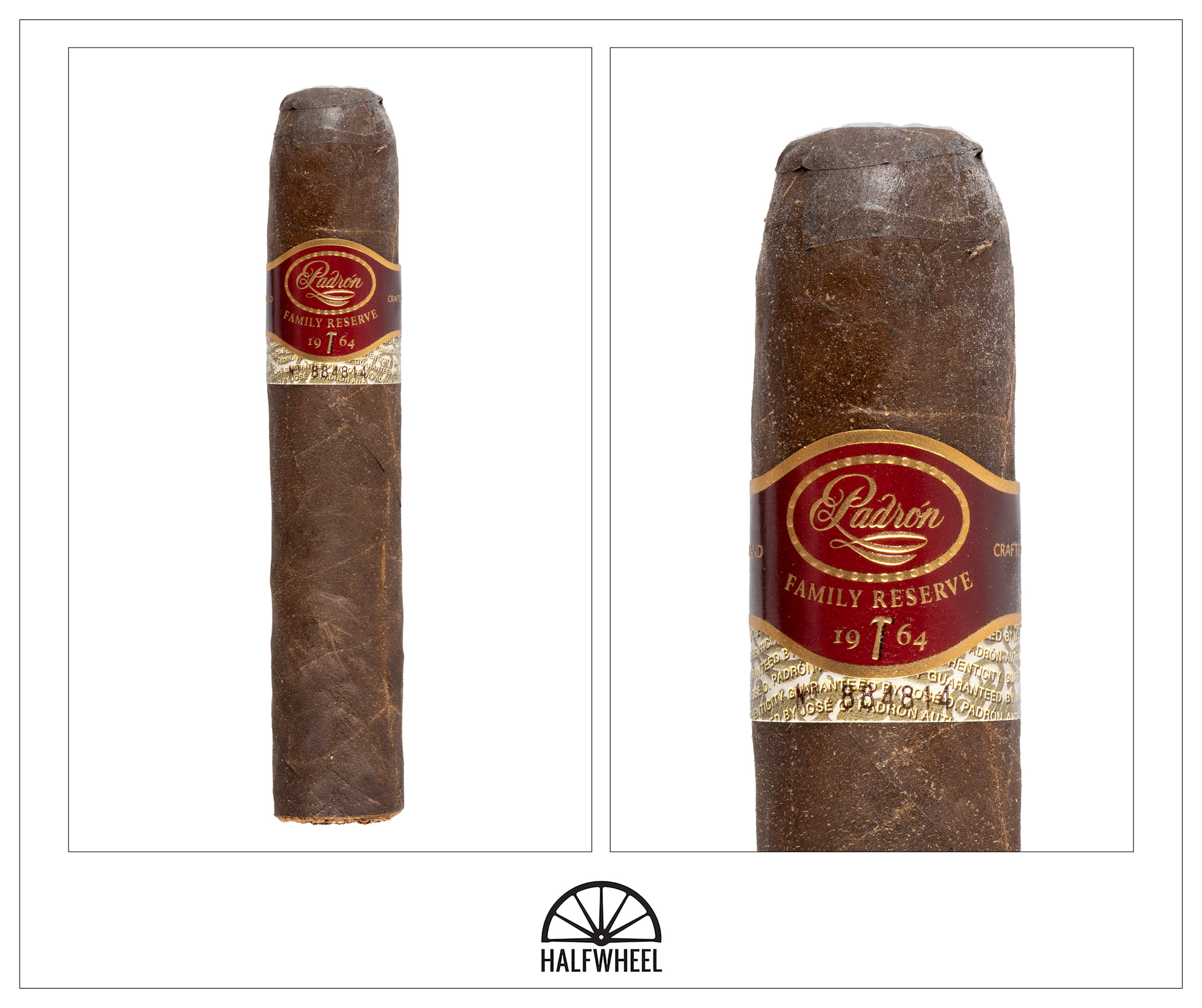
- Cigar Reviewed: Padrón Family Reserve No. 95 Maduro
- Country of Origin: Nicaragua
- Factory: Tabacos Cubanica S.A.
- Wrapper: Nicaragua (Maduro)
- Binder: Nicaragua
- Filler: Nicaragua
- Length: 4 3/4 Inches
- Ring Gauge: 60
- Vitola: Petit Gordo
- MSRP: $29.50 (Box of 10, $295)
- Release Date: March 2022
- Number of Cigars Released: Undisclosed
- Number of Cigars Smoked For Review: 3
The Padrón Family Reserve No. 95 Maduro looks like a Padrón Maduro. There’s a plain-looking dark wrapper with some reds coming through, quite a bit of veins and some discoloration. While this isn’t the ugliest cigar I’ve smoked lately, this isn’t the prettiest $30 cigar. There are some loose seams through each cigar I smoke, and one cigar has a noticeably loose cap. To the touch, the wrapper is a bit gritty in the hand. The aroma from the wrapper is medium-full that has barnyard, earthiness and some toastiness that is almost like the smell of fire-cured tobacco. I find the foot’s aroma to be a bit more intense with lots of vibrant milk chocolate over some red pepper and earthiness. Of note, the pepper is more of an accent sensation, though it lasts much longer than the other scents. Cold draws are pretty similar to the aroma: sweet chocolate over red pepper, leather and yellow mustard. The cold draws are what I’d expect from the size, slightly open compared to a typical 50 ring gauge cigar.
I’m surprised to find no chocolate flavor once the smoke hits my palate for the first time. Instead, the flavor starts with rice cakes, which are joined by earthiness, black pepper and a touch of nuttiness. The open draw makes the first puff a bit more challenging as I want more smoke than what I’m getting. Fortunately, a quick second puff provides more than enough smoke and the cigar gets going. The Padrón Family Reserve No. 95 Maduro has a heavy profile that is led by a mixture of earthiness, toastiness and black and red pepper flavors. Depending on the puff, any one of those flavors might be present and one of the four could dominate or they could all be even. It finishes with nuttiness, earthiness, leather and toastiness; the finish’s profile is much drier than the main profile. Retrohales are much more intense than the main flavor, which is already quite full. Flavor-wise, when pushing smoke through my nose there’s a lot of red pepper over sunflower seeds, hay and some harshness. It finishes with some cognac-like whisky flavors and a muted red pepper. Flavor is full, body is full and strength is medium-full. Outside of the slightly open draw, construction is great.

With the exception of creaminess, the list of flavors found in the second third of the Padrón Family Reserve No. 95 Maduro is more or less the same list as the first third. That said, the flavor profile hits the palate quite a bit differently than before. Earthiness remains one of the leading flavors, though it’s got more of a dried fall leaves character than before. Saltiness picks up quite a bit and the black pepper has more of a metallic harshness than before. Like before, each puff can see those flavors rearrange quite a bit with some puffs having five or six flavors that are relatively balanced, and other puffs dominated by one flavor drowning out a singular secondary sensation. The finish has a salty nuttiness, some herbal flavors, a mineral-laden earthiness and varying degrees of black pepper. Retrohales have a deep woodiness that reminds me of dried tree bark, black pepper, white pepper, peppermint and some burnt sensations. Like the first third, retrohales are much more intense than when the smoke just goes through the mouth, though it’s not as wide of a gap as before. Somewhat out of nowhere, the retrohale’s finish reminds me of buttered bread. It’s a short sensation that is quickly overwhelmed by saltiness and a burnt mixture of earthy mineral flavors. Flavor is full, body is full and strength is full. A touch-up is needed on the cigar with the more open draw, but the other two cigars continue to have excellent construction.
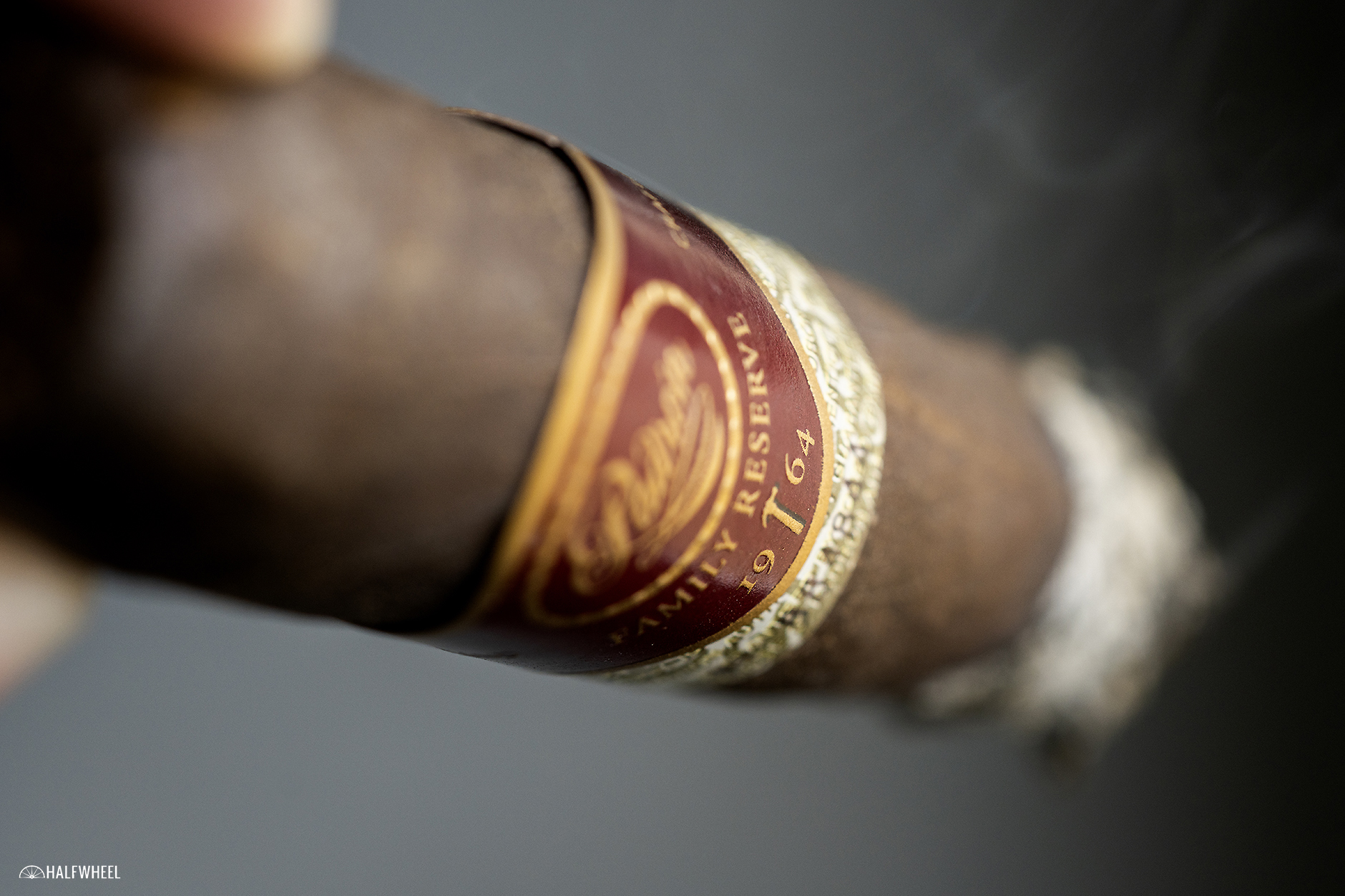
Once again, there’s a list of core flavors that have been present from the second or third puff and the cigar never seems to want to stray too far away from that core. Earthiness—more mineral-laden than fall leaves—leather, toastiness, some white pepper and a peculiar fruity sweetness that reminds me a bit of sweet bananas round out the flavors. While there are still changes from puff to puff, the Padrón seems a bit more conventional in the sense that the earthiness is generally the leading flavor. The finish is also more predictable: mineral-like earthiness over creaminess and leather. Retrohales are drier than both before and the rest of the profile during the final third. There’s more of the earthiness, black pepper, creaminess and lime. The latter two flavors do enough to help to provide contrast, though the retrohale’s finish is the real reward. Black pepper takes over before a burnt meatiness that reminds me of the bark of a brisket, nuttiness and white pepper emerge. Flavor is full, body is full and strength is on the lighter side of full. Construction continues to be a strong attribute with all three cigars avoiding touch-ups in the final third.
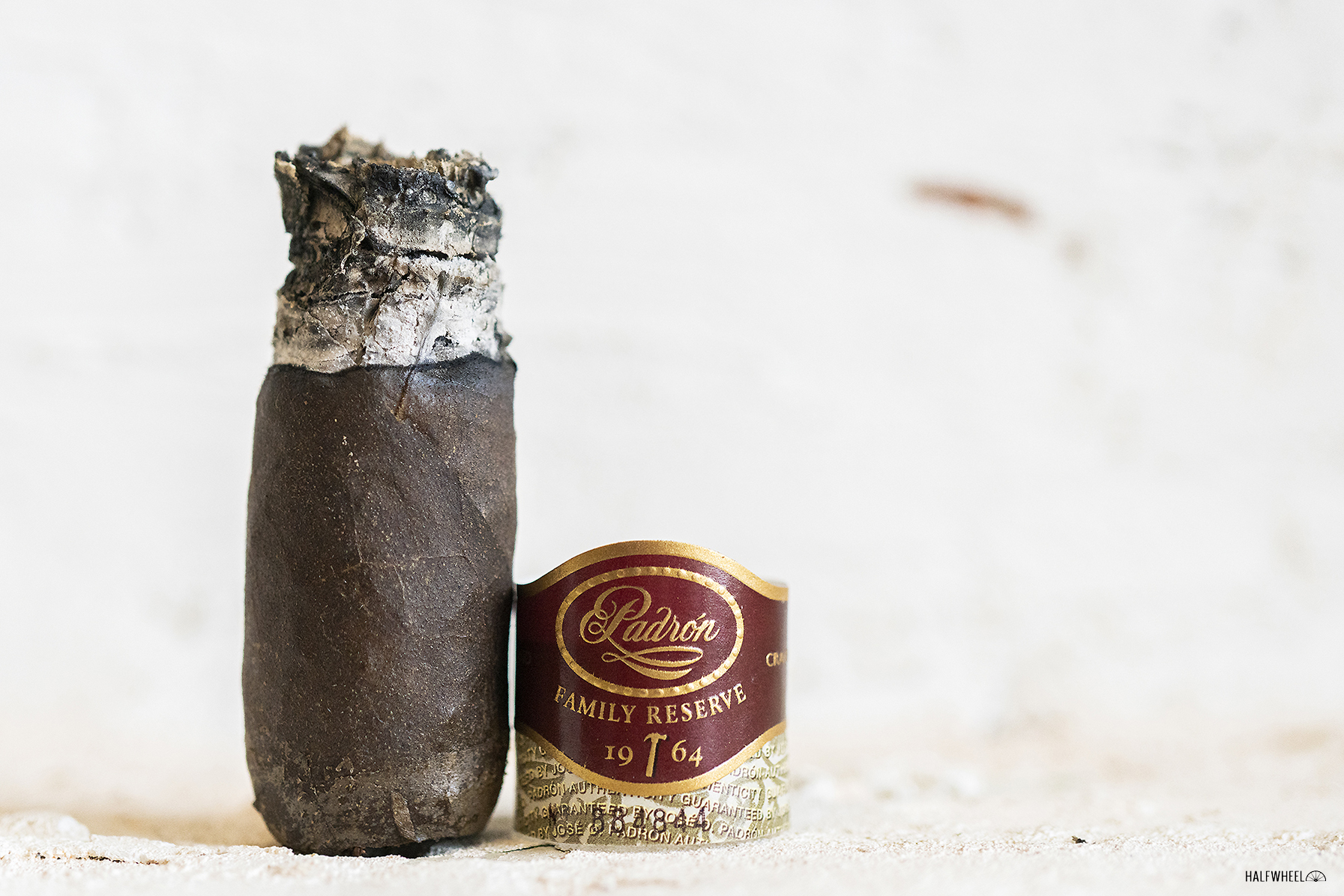
Final Notes
- Given that part of my job description includes reviewing new cigars, I don’t smoke as many Padróns as many of you reading this website, but I have smoked a wide range of them. Here’s where I’d put this cigar within the larger Padrón portfolio:
- The closest comparison is probably to a Padrón 1926 Maduro. I tried thinking of a vitola that would be closest but couldn’t really settle on one. Maybe this changes over time, but I don’t think the strength levels of the 1926 can match what I experienced here.
- The 1964 Maduro lacks the power—and specifically the type of power—that I find in this cigar’s profile. To me, the 1964 Maduro uses its strength—flavor and nicotine-wise—in a more precise manner where it picks its spots. This cigar is more of an overwhelming force.
- The sweetness that I taste in the Family Reserve No. 45 and No. 46 Maduros is not present here at all.
- I enjoy smoking the Thousand Series, but I struggle to keep track of which cigar is which. Regardless, this doesn’t really relate to any Thousand Series cigar I’ve smoked.
- As I’ve mentioned before, my go-to Padrón has been the 1964 Torpedo Natural. I find a wider range of flavors with Natural wrapper Padróns and have always liked the Torpedo size because the draw isn’t as open as it oftentimes is. I don’t think it’s necessarily the best cigar Padrón makes, but it’s the one I reach for when I’m going to smoke a Padrón at a cigar shop. But to provide some context on the nuances with the Padrón line, from a flavor perspective, I’m not sure any of the 1964 lines beats out the No. 4 Maduro, the 6 x 60 size.
- I have not smoked the Natural version yet, though a review of that cigar should be published very soon.
- This cigar came packaged in cellophane. It’s always curious to see which Padróns are packed using cellophane and which ones are not.
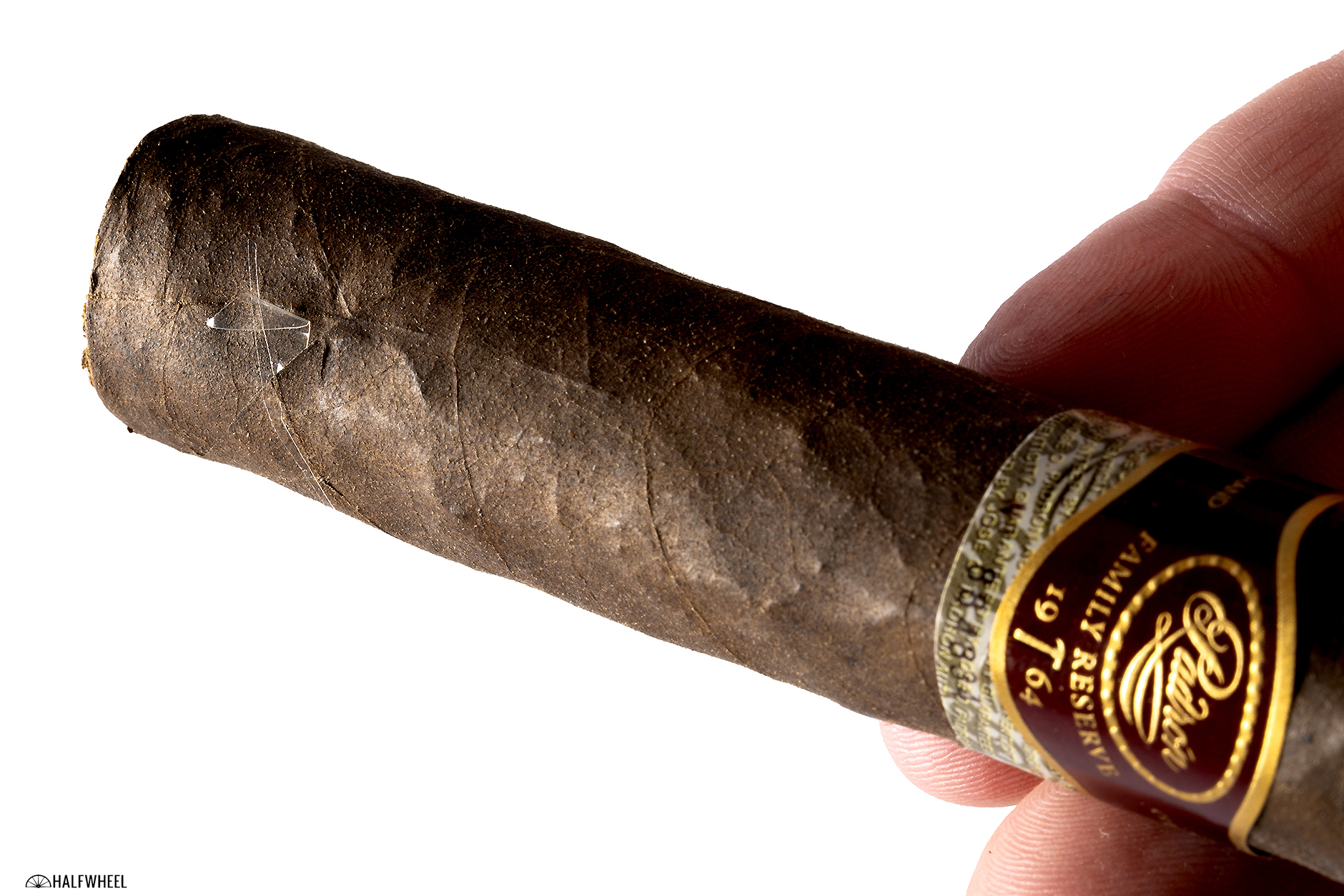
- I didn’t see this when the box arrived, but Brooks Whittington noticed that one cigar had some cellophane that was attached to the wrapper of the cigar in a manner that I can’t recall seeing before.
- One sample I smoked was noticeably rougher-looking than the others thanks to the loose seam around the cap and also that the cigar’s shape was far from a perfect cylinder. There were a number of spots where the cylinder wasn’t consistently filled out making the shape quite bumpy.
- I’ll write off the cellophane thing as a very rare occurrence that I may not see ever again in my life, but $30 Padróns arriving in boxes and with cigars looking more beat up than your average $8 cigar is something I will see again. While I’ve not specifically asked the company about this, Padrón’s approach seems to be something along the lines of “function over form” and it’s obviously worked.
- Other cigar companies are correct in that most of them could not get away with selling $30 cigars that look like this, but Padrón can, does and could inevitably sell a lot more cigars without changing the price of its cigars or the way they look. Further adding to this approach is that if you like Padrón cigars but are upset with the cosmetic flaws, I’m not sure what you are going to go out and buy instead that is actually going to be a true replacement, barring you choosing to buy a less expensive Padrón.
- Padrón offers retailers a program where they can send empty cigar boxes back to the company for credit. Beyond the environmental benefits, there are likely some financial and supply chain benefits to the program. Believe it or not, not having boxes is a regular reason why cigars aren’t shipping to stores. That said, one downside is the Padrón boxes oftentimes look like they are used boxes. I’m surprised how beat up these boxes looked given this is a new release, though I suppose this particular box could have been used for a different cigar and then sent back to Padrón to be used for this release.
- Padrón is able to make the box reuse program work because the company boxes most of its cigars in Miami as opposed to at the factory in Nicaragua. With the exception of Davidoff—which has moved more towards a traditional packaging operation in recent years—I don’t know of another major cigar company that rolls cigars overseas and then packages them domestically on a regular basis.
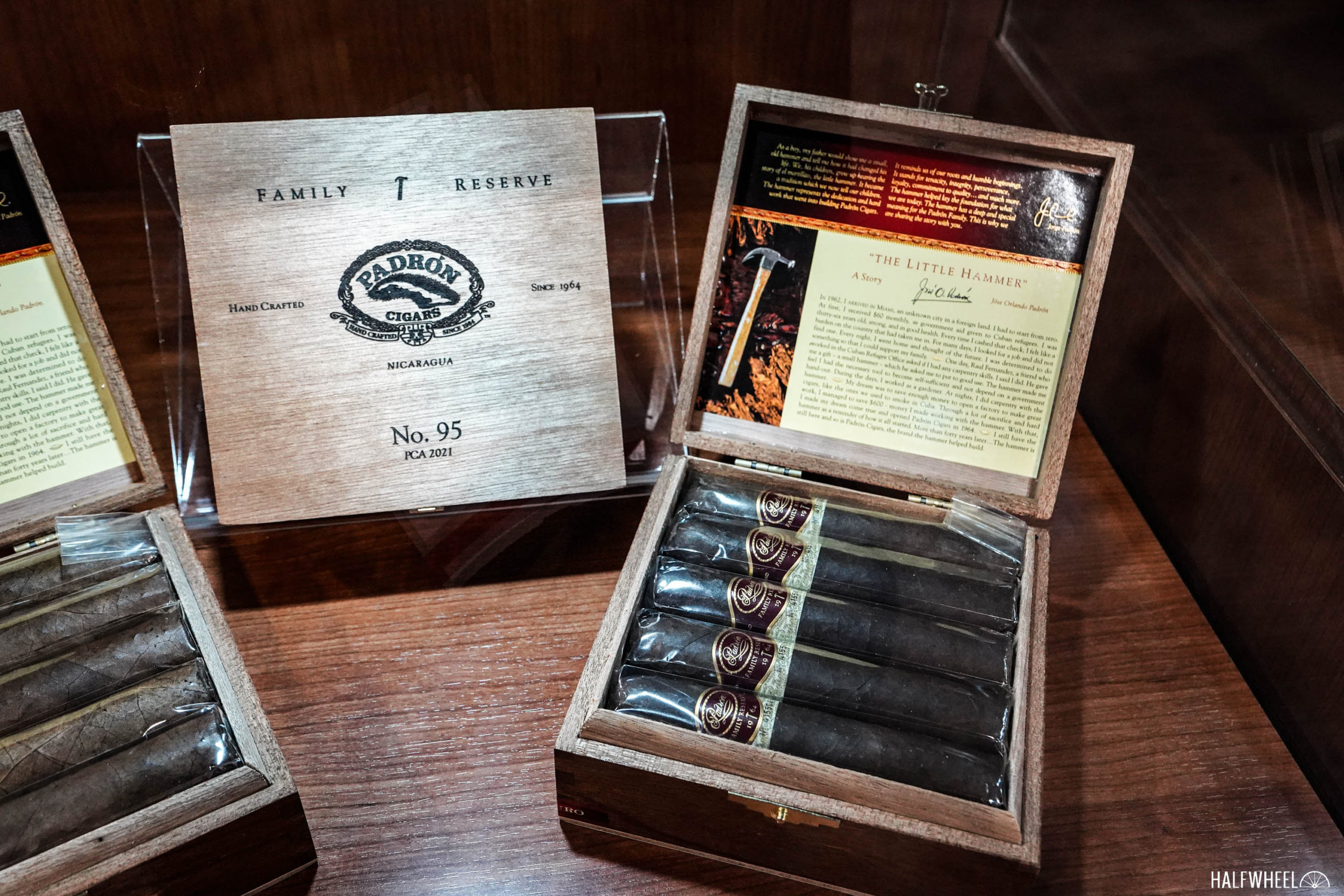
- Eagle-eyed observers might notice that the inside of the box is different than what we photographed at the 2021 PCA Convention & Trade Show. Those boxes had some sort of paper insert whereas the boxes we bought were just stamped wood on the inside.
- The way Padrón described these cigars to Patrick Lagreid at the 2021 PCA Convention & Trade Show, it sounds like these are a limited edition item and not simply a limited production cigar that Padrón will continue to produce in small batches.
- If the Fuente/Padrón collaboration comes to fruition this year—last I was told the plan is to debut at the 2022 PCA Convention & Trade Show in July—this could mean three new Padróns in one year, the same number of new cigars the company shipped to stores during a five-year period ranging from 2017-2021.
- I wonder if we see a box-pressed version of this size at some point in the future.
- The first two thirds of the cigar were very interesting in that every puff seemed to change flavor-wise.
- I find Padróns to have a somewhat open draw compared to cigars of similar size. Given the thick ring gauge, it’s no surprise these cigars were a bit more open than normal. One cigar had a draw that was just slightly too open for my liking.
- This would be a great cigar for an ash stand. Outside of one touch-up and a predictably, slightly loose draw, construction was fantastic on each cigar. That said, I’m pretty sure none of the three cigars I smoked ended up with a clean cut for whatever reason.
- Cigars for this review were purchased by halfwheel.
- Final smoking time averaged two hours. This cigar burns pretty cool and I’m sure it could be smoked in a lot less time. Of note, the strength builds and I was feeling the nicotine during the latter half.
- Site sponsor Cigar Hustler carries the Padrón Family Reserve No. 95 Maduro.
The Padrón Family Reserve No. 95 Maduro is a grittier version of the Padrón Maduro profile than I’ve smoked in quite some time. There’s quite a bit of finesse within the profile but it’s the exact opposite of how I’d use the term finesse to describe a good Cuban cigar. Instead, this is all about finding complexity within a very narrow swath of the flavor wheel, something that is inherently going to limit the size of the audience. If you like Padrón 1926 Maduros and want a larger cigar that is also a lot more aggressive, this should be a home run. This isn’t going to make it into my rotation of favorite Padróns not because I think this cigar is any worse, rather, I’m looking for a different kind of home run.

